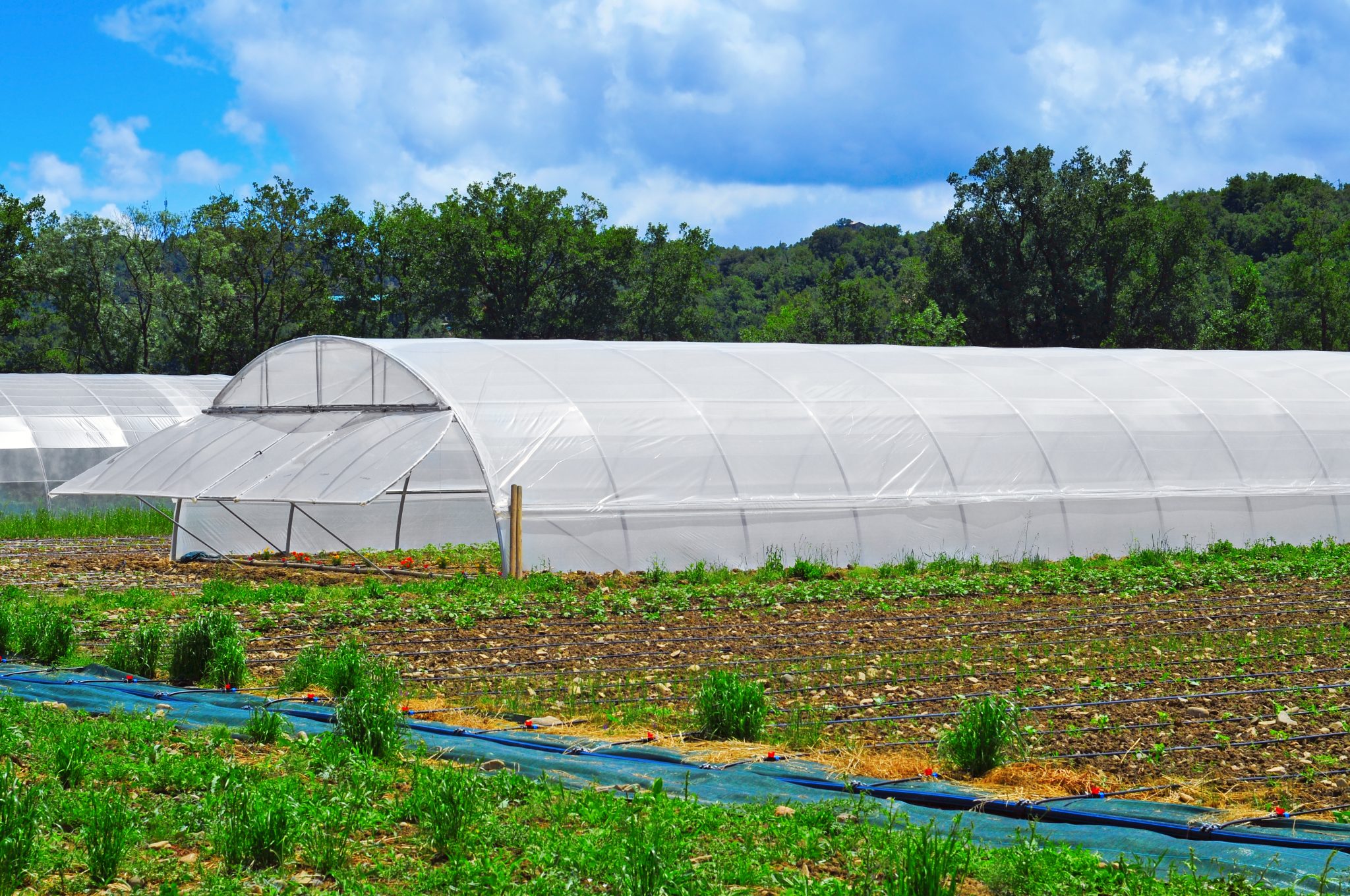Cover Crops

High tunnels extend the spring, fall and winter growing season in southern climates. During the summer, it can be difficult to grow anything more than the most drought-tolerant crops. Summer is the prime time to grow a cover crop in a high tunnel environment—between late spring and early fall crops.
Producers utilizing high tunnels deal with two main issues: managing soil-borne pests and nutrients over time. Both pathogen and fertility issues can develop quickly in the enclosed facility. Once a soil-borne pathogen establishes in a high tunnel, it is difficult to control. Similarly, with the application of fertilizer in a high tunnel environment, rain and other cash crops do not take up additional nutrients. This causes elevated pH levels and salt content in the soil.
To that end, cover crops are a management tool option to address both issues.
Download a PDF with information about cover crops in high tunnels.
This product was developed with support from the Southern Sustainable Agriculture Research and Education (Southern SARE) program, which is funded by the U.S. Department of Agriculture—National Institute of Food and Agriculture (USDA-NIFA). Any opinions, findings, conclusions or recommendations expressed within do not necessarily reflect the view of the Southern SARE program or the U.S. Department of Agriculture. USDA is an equal opportunity provider and employer.

